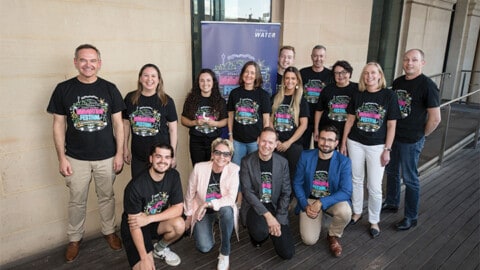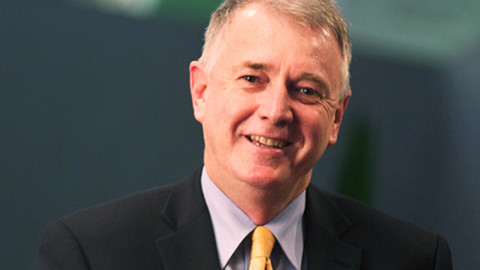A new Australia-first standard has been released for what can and can’t be flushed down the toilet, which will help avoid costly pipe blockages and ‘fatbergs’ in sewer networks.
Standards Australia published the standard, AS/NZS 5328, Flushable Products,after the draft standard was released in 2021.
The standard was developed by a technical committee made up of manufacturers, water utilities, suppliers, local government organisations, associations including the Water Services Association of Australia (WSAA), and consumer groups.
Urban Utilities held trials in Australia’s largest replica sewer at its Innovation Centre in Brisbane to help develop world-leading test wipes capable of achieving the National Standard, which will carry a new ‘flushable’ label.
Urban Utilities spokesperson, Anna Hartley, said, “Products that meet the standard will carry a brand new ‘flushable’ label which will give shoppers confidence that those products will break down after they’re flushed.
“Wet wipes can cause costly blockages in the sewer network and people’s household pipes, which can lead to unexpected and often hefty plumbing bills.”
Urban Utilities ran extensive trials in Australia’s largest replica sewer at their Luggage Point Innovation Centre to monitor how wet wipes would break down in real life sewer conditions to help develop the new standard.
“It’s a real game-changer that will help consumers better understand how they can protect their private plumbing and our underground network,” Ms Hartley said.
Ms Hartley said that Urban Utilities removes around 120t of wipes – the weight of 34 hippos – from its wastewater network every year.
“Flushed wet wipes can also combine with fats, oils and greases in the network to create huge ‘fatbergs’ that need to be removed.
“We craned a 6m-long fatberg out of a sewer pipe in suburban Brisbane last year – that was full of wet wipes that had been flushed,” Ms Hartley said.
The new labels will start appearing on products which meet the National Standard in late-2022.
The standard outlines clear testing criteria manufacturers need to meet to carry the new label which covers the ‘flushability’ of a wide range of disposable products including tampons, paper towels and even kitty litter.
Adam Lovell, Executive Director WSAA, said, “While the standard is voluntary, it provides manufacturers with clear pass/fail criteria for products suitable for toilet flushing. Importantly, it includes requirements for clearer labelling so customers know for certain whether a product is safe for flushing.
‘Wipes and other items that shouldn’t be flushed are an issue for water utilities around the globe, disrupting customer services, creating extra costs for utilities and customers, and impacting the environment through overflows.
“In Australia and New Zealand it costs water utilities tens of millions of dollars each year.”
WSAA and the urban water industry in Australia and New Zealand have been concerned about the contribution of wet wipes products to pipe blockages for some time.
The issue became even more serious during the COVID-19 pandemic, with WSAA members reporting increases in blockages with people flushing materials never intended to go down the toilet like paper towels.
Other industry providers have also announced their support for the new standard, including SA Water and TasWater.
SA Water’s General Manager of Customers and Commercial, Anna Jackson, said the standard is a significant step towards reducing the costs and environmental impacts caused by unflushables.
“We, like our fellow water utilities across Australia and the globe, continue to see wet wipes regularly flushed down into the sewer network, and it costs us hundreds of thousands of dollars each year to remove these unflushables from our pipes and treatment plants,” Ms Jackson said.
“This is not just an Australian issue either, with estimates suggesting UK water utilities spend up to $170 millioneach year clearing blockages and preventing solidified masses of fats and oils, known as ‘fatbergs’.
“While use of the new standard is voluntary, its introduction provides a clear outline for manufacturers, with a pass and fail criteria to determine if something can be safely disposed of down the toilet.
“We encourage everyone to keep an eye out for the flushable symbol, which could start appearing on products within months, and to continue only flushing the three Ps – (toilet) paper, pee and poo. If a product doesn’t have the symbol, or you’re unsure if it should be flushed, just put it in the bin.”















